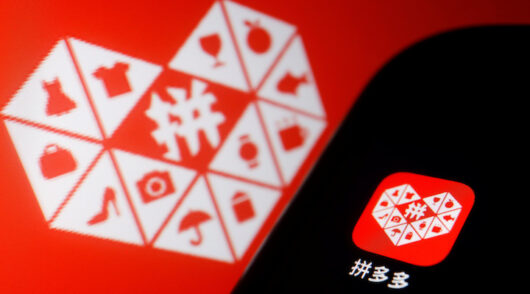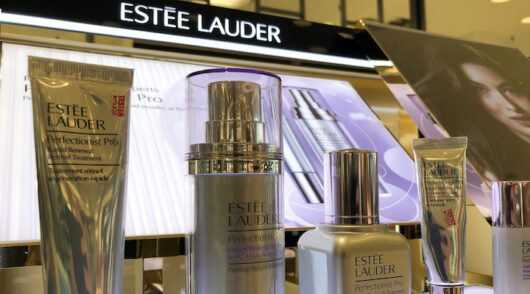New research on international luxury goods sales reveals that after Asia-Pacific overtook Europe to become the largest regional market in 2010, it continued to grow at a faster rate than Europe and the Americas.
In 2010, Asia-Pacific accounted for 36 per cent of the global luxury consumer goods market, followed by Europe at 35 per cent, the Americas at 26 per cent and four per cent for other regions including the Middle East, Africa and India.
In 2011, the Asia-Pacific grew share further, to account for 38 per cent of the market. Europe’s share of the global market dropped to 33 per cent and the Americas to 25 per cent. Meanwhile, other regions grew share from 3.8 per cent in 2010 to 4.4 per cent in 2011.
In absolute terms, double-digit revenue growth was seen across all four regions (Europe, the Americas, Asia-Pacific and ‘other’), but Asia-Pacific’s growth, in excess of 20 per cent, overshadowed that seen in Europe and the Americas.
“In Europe, much of the growth in luxury goods sales in 2011 can be attributed to tourist spend, particularly from Russia and Asia-Pacific, underlining that Chinese luxury-goods consumers encompass two markets: domestic and overseas,” said Paul French, chief China market strategist at Mintel.
“Due to high taxes on luxury goods in China and greater global travel opportunities for Chinese citizens, those PRC shoppers desiring luxury goods are increasingly purchasing abroad effectively ‘arbitraging’ their purchasing internationally.”
Overall, the global luxury consumer goods market (excluding consumables and automobiles) grew by 14 per cent in 2011 and came within a whisker of €200 billion at retail selling prices. Demand was particularly strong from emerging markets and especially Asia-Pacific, in particular mainland China.
In spite of the macroeconomic context, Mintel forecasts market growth of 11 per cent for 2012, although it expects rates to slow in the following two years to nearer six per cent.
The watches and jewellery category outpaced the total luxury goods market again in 2011. The strong growth recorded in this category in 2010 was buoyed by the weak comparatives of 2009 – yet the same rate of growth was recorded in 2011, with a second consecutive 23 per cent surge in the watches and jewelry market size.
Despite softening economic growth in China and other emerging markets and the bleak European context, there is little sign of this category slowing, as shown most evidently in key high-end watch buying and collecting markets such as Hong Kong.
Mintel expects this category to defy the macroeconomic context and post growth of at least 20 per cent across 2012.
Fashion and leather goods — and particularly the leather goods element — consistently outpaced the overall luxury goods market over the review period, and weathered the 2008/09 storm with much more resilience than the watches and jewelry category. But the growth in the market for fashion and leather goods slowed from 20.6 per cent in 2010 to 17.6 per cent in 2011. Mintel expects growth rates for 2012 to be a little below those seen in 2011 but does not expect any major slowdown in growth.
In general over the last five years, the perfume and cosmetics category has underperformed the total global luxury goods market. But this is in large part because of the buoyancy of other categories, and the two most recent years have seen a strong improvement in demand for the perfume and cosmetics category. Annual market growth stood at 11.6 per cent in 2011, down a little from the 12.9 per cent seen in 2010.
GB






